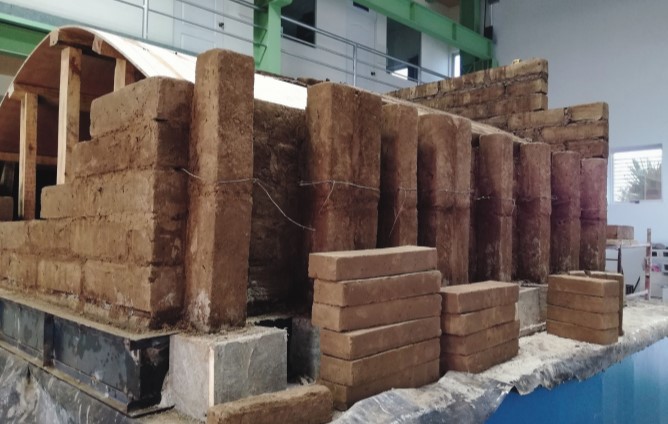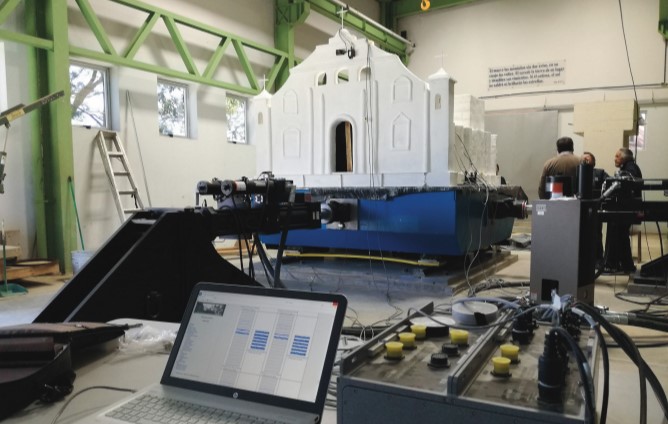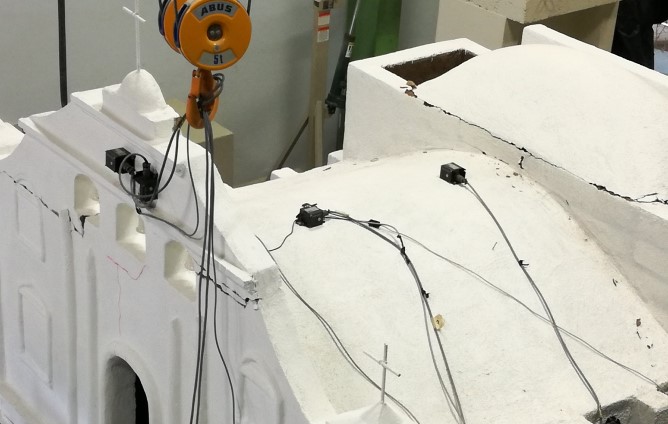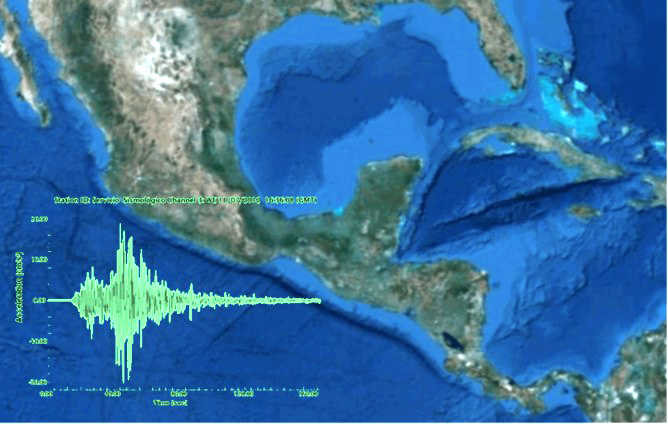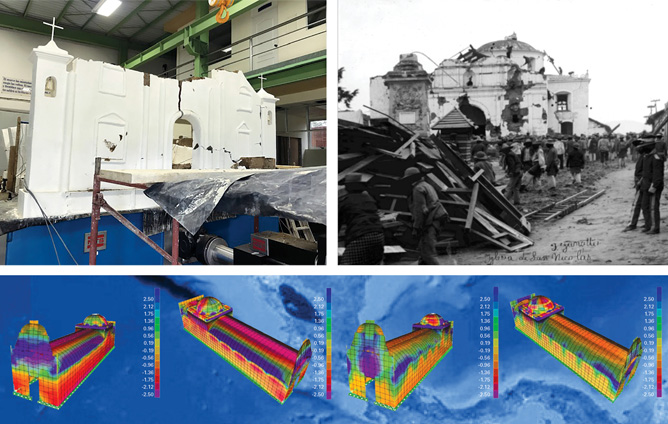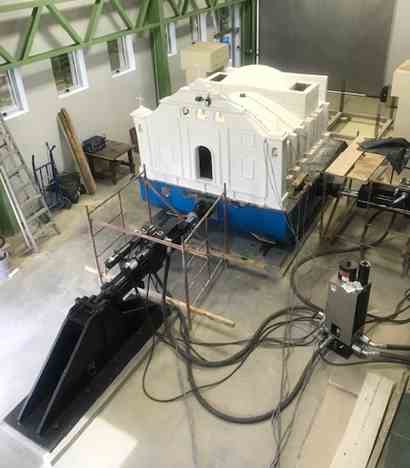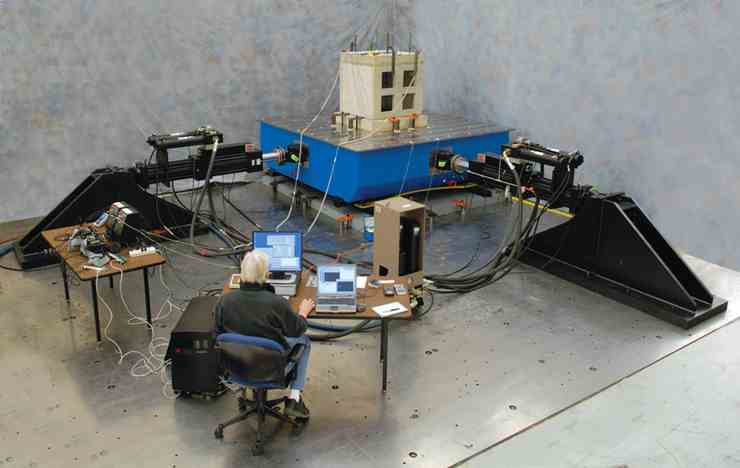Preserving culturally significant architecture in earthquake-prone regions requires deep insight into how these historical structures respond to dynamic, real-world seismic loading. Learn how Mariano Gálvez University used MTS seismic simulation technology to gain the experimental data needed to improve the resiliency of Guatemala’s rich architectural heritage.
In Guatemala’s first implementation of the Sendai Framework for Disaster Risk Reduction, researchers at Mariano Gálvez University studied the dynamic response of 16th century Church of San Raymundo under strong seismic loading. The study employed experimental, mathematical and historical data: the experimental component comprised an adobe scale replica of the church, built atop an MTS Biaxial Seismic Simulator; the mathematical model reflected the dimensions of the original church, with geometric and mechanical properties of its masonry and clay incorporated; historical data included observed damage to the church sustained in a magnitude 7.5 earthquake in 1976. Both experimental and mathematical models were subjected to a recorded magnitude 7.4 earthquake from 2012, and the results were then analyzed and compared with real damage from the 1976 event.
The study was conducted by the Earthquake Engineering Laboratory of the Research Institute of Engineering, Mathematics and Physical Sciences (in3) of the Mariano Gálvez University of Guatemala. Insights gleaned from the results served to validate mathematical models, engineer structural retrofit strategies, and inform best practices for preserving similar historical structures.
